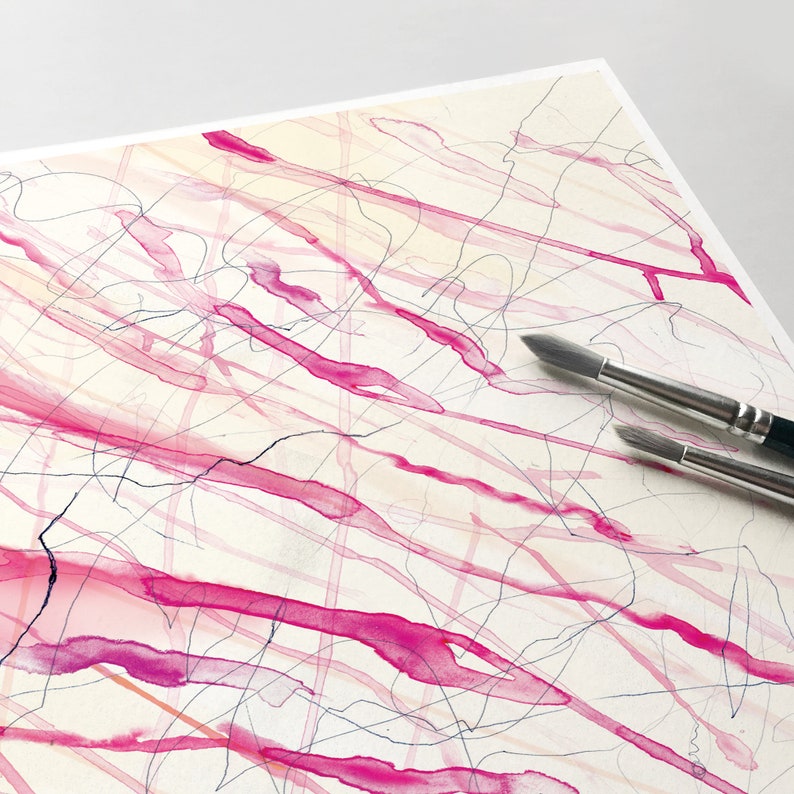
First, school officials must admit that there is a problem. Princeton, Wellesley, and Reed provide evidence that the effort to keep grade inflation in check is not impossible. And through a concerted effort on the part of faculty and leadership, grades at Reed College in Oregon have stayed essentially constant for 20 years. A similar successful effort has taken place at Wellesley College in Massachusetts. Grades are going back down at Princeton and academic rigour is making a comeback. Its guidelines have the effect of now limiting A's on average to 35 per cent of students in a class. At about the same time that I started to collect data on rising grades, Princeton University began to do something about its grade-inflation problem. Many say that grade inflation is a complicated issue with no easy fix. If we continue along this path, well end up with a generation of poorly educated college graduates who have used their four years principally to develop an addiction to alcohol. A recent survey of more than 30,000 first-year students across the country showed that nearly half were spending more hours drinking than they were studying. With so few hours filled with learning, boredom sets in and students have to find something to pass the time. Paradoxically, students are spending more and more money on an education that seems to deliver less and less content. Many studies less than 10 hours a week that's less than half the hours they spent studying 40 years ago. Our college classrooms are filled with students who do not prepare for class. When students walk into a classroom knowing that they can go through the motions and get a B+ or better, that's what they tend to do, give minimal effort. These changes in grading have had a profound influence on college life and learning. A is average at those schools! At elite Brown University, two-thirds of all letter grades given are now A's. At some schools, it tops 3.5 and even 3.6.


At a private college, the average is now 3.3. higher education, the average GPA at public schools is 3.0, with many flagship state schools having average GPAs higher than 3.2. At a time when many are raising questions about the quality of U.S. Grades continue to go up regardless of the quality of education. Private schools had much higher grades than public schools, but virtually everyone was experiencing grade inflation. I learned that grades started to shoot up nationwide in the 1960s, levelled off in the 1970s, and then started rising again in the 1980s.

Then I created a website () so that others could find this data. Back then, I found more than 80 colleges and universities with data on grades, mostly by poking around the Web. So when I looked at that graph, I wondered, How many colleges and universities haveĭata like this that I can find? The answer is that a lot of schools have data like this hidden somewhere. I am a scientist by training and I love numbers. Grade inflation Gone Wild - sTUarTrojsTaCzerĪ bout six years ago, I was sitting in the student union of a small liberal arts college when I saw a graph on the cover of the student newspaper that showed the history of grades given at that institution in the past 30 years.


 0 kommentar(er)
0 kommentar(er)
